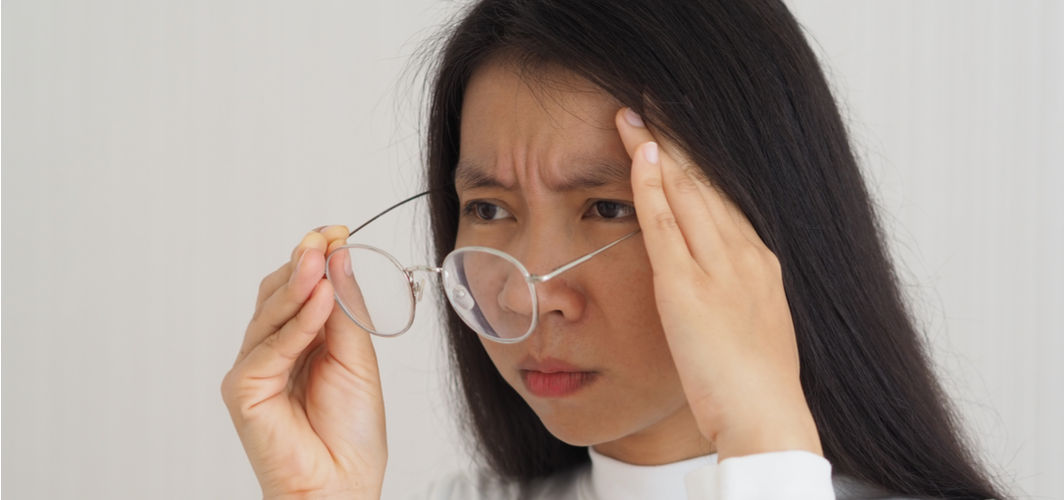Diabetes Management
Diabetes & Navratri: Exercises to Avoid During Fasting
2 min read
By Apollo 24|7, Published on - 23 October 2023, Updated on - 27 October 2023
Share this article
0
0 like

Navratri is a nine-day festival that is marked by fasting, prayers and celebrations. A lot of people observe fasting during this time. For individuals with diabetes, fasting requires extra attention and care. While exercising is beneficial for diabetes management, there are certain exercises that individuals with diabetes should avoid during Navratri fasting. Here are a few exercises you should avoid:
- High-Intensity Cardio
Intense cardiovascular exercises, such as running, high-intensity interval training (HIIT), and vigorous aerobics, can cause fluctuations in blood sugar levels. It's advisable to choose gentler exercises like brisk walking or yoga.
- Heavy Weightlifting
If you are fasting, you should refrain from heavy weightlifting as it can cause strain. This can be particularly risky if you're on the verge of hypoglycemia. Instead, opt for bodyweight exercises, resistance bands, or lighter weights. Focus on maintaining muscle tone rather than pushing your limits.
- Dehydrating Workouts
Dehydration can exacerbate the effects of fasting on blood sugar levels. Exercises that lead to excessive fluid loss, such as intense outdoor workouts, should be avoided. Dehydration can make you feel lightheaded and may lead to hypoglycemia. Stick to indoor, well-hydrated workouts and avoid excessive sweating.
- Prolonged Workouts
Extended exercise sessions can lead to hypoglycemia or weakness, which is not ideal during fasting. Keep your workouts short and focused. A 20-30 minute session can be just as effective as a longer one and is less likely to cause blood sugar issues.
- High-Impact Activities
High-impact exercises, like jumping, sprinting, or aerobics, can lead to discomfort, especially if you're fasting. Opt for low-impact exercises like swimming, cycling, or gentle dancing
- Exercising on an Empty Stomach
Fasting changes your metabolism and energy levels, and exercising on an empty stomach can lead to dizziness, weakness, or hypoglycemia. Plan your exercise sessions after consuming a light meal or fruit to ensure you have a steady source of energy.
Post-meal walks
Most people break their fast in the evening during Navratri. Try to do a 15-minute walk 30-45 minutes after eating especially if you have had a carbohydrate-rich meal. This will help prevent a very high after-meal sugar spike.
Conclusion
Remember that managing diabetes during fasting, coupled with exercise, requires careful monitoring. Always consult with your healthcare provider or a registered dietitian to create a plan that aligns with your dietary restrictions, diabetes management, and fitness goals. Monitoring your blood sugar levels before and after exercise is essential, as it will help you understand how your body responds to different activities. During fasting, prioritise your health, safety, and spiritual journey, and choose exercises that best support your well-being.
Diabetes Management
Consult Top Diabetologists
View AllLeave Comment
Recommended for you

Diabetes Management
Which Age Group is the Most Susceptible to Diabetes?
The susceptibility to diabetes varies with age. Type 1 diabetes is often diagnosed in childhood or adolescence due to an autoimmune response. In contrast, Type 2 diabetes is strongly linked to middle and older age, with risks rising significantly after the age of 45. Gestational diabetes can develop in anyone during pregnancy, but the risk increases as one ages. Factors like physical activity, metabolic changes, body composition, and genetics influence age-related susceptibility. Early detection and management are crucial, involving regular check-ups, blood sugar monitoring, a balanced diet, and tailored approaches for older adults with coexisting health conditions. Awareness and proactive health measures are vital for effective diabetes management across age groups.

Diabetes Management
Blood Sugar Monitoring: Is it Important?
Regular blood sugar monitoring is essential, especially for those with diabetes or at risk of it. It offers valuable insights into your health, aiding informed decisions about diet, medication, and lifestyle. This personalized approach helps prevent complications, such as heart disease and nerve damage, by maintaining optimal blood sugar levels. Monitoring also ensures medication effectiveness and promotes lifestyle adjustments, ultimately enhancing your quality of life. To incorporate it into your routine, invest in a glucometer, establish a testing schedule with your healthcare provider, and maintain a record for better guidance.

Diabetes Management
Keeping an Eye on Diabetic Retinopathy
Diabetic retinopathy is a complication arising from uncontrolled blood sugar levels. The increased blood glucose levels damage the blood vessels in the retina. It progresses through stages: background retinopathy (micro-aneurysms), and proliferative retinopathy (abnormal blood vessel growth and vision loss). Regular screenings and lifestyle modifications can help prevent or manage diabetic retinopathy.
Subscribe
Sign up for our free Health Library Daily Newsletter
Get doctor-approved health tips, news, and more.
Visual Stories

8 Fruits That are Incredibly Healthy for Diabetes
Tap to continue exploring
Recommended for you

Diabetes Management
Which Age Group is the Most Susceptible to Diabetes?
The susceptibility to diabetes varies with age. Type 1 diabetes is often diagnosed in childhood or adolescence due to an autoimmune response. In contrast, Type 2 diabetes is strongly linked to middle and older age, with risks rising significantly after the age of 45. Gestational diabetes can develop in anyone during pregnancy, but the risk increases as one ages. Factors like physical activity, metabolic changes, body composition, and genetics influence age-related susceptibility. Early detection and management are crucial, involving regular check-ups, blood sugar monitoring, a balanced diet, and tailored approaches for older adults with coexisting health conditions. Awareness and proactive health measures are vital for effective diabetes management across age groups.

Diabetes Management
Blood Sugar Monitoring: Is it Important?
Regular blood sugar monitoring is essential, especially for those with diabetes or at risk of it. It offers valuable insights into your health, aiding informed decisions about diet, medication, and lifestyle. This personalized approach helps prevent complications, such as heart disease and nerve damage, by maintaining optimal blood sugar levels. Monitoring also ensures medication effectiveness and promotes lifestyle adjustments, ultimately enhancing your quality of life. To incorporate it into your routine, invest in a glucometer, establish a testing schedule with your healthcare provider, and maintain a record for better guidance.

Diabetes Management
Keeping an Eye on Diabetic Retinopathy
Diabetic retinopathy is a complication arising from uncontrolled blood sugar levels. The increased blood glucose levels damage the blood vessels in the retina. It progresses through stages: background retinopathy (micro-aneurysms), and proliferative retinopathy (abnormal blood vessel growth and vision loss). Regular screenings and lifestyle modifications can help prevent or manage diabetic retinopathy.